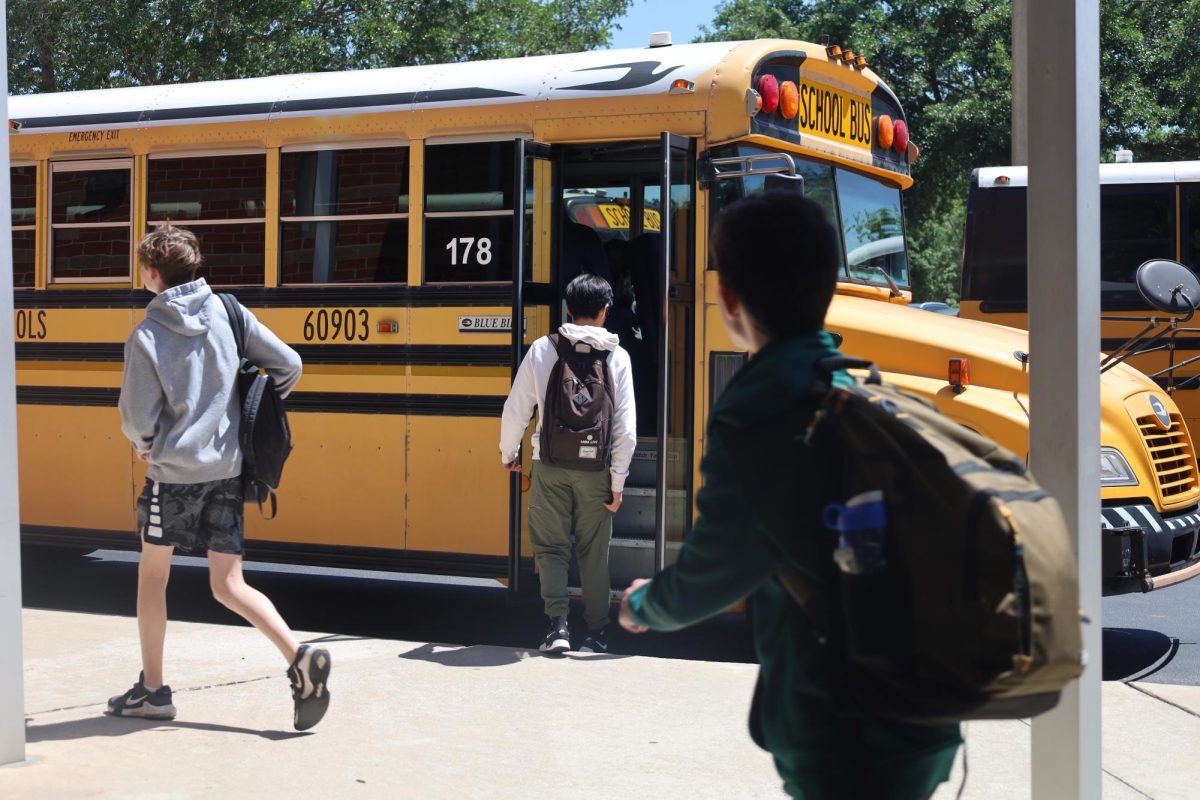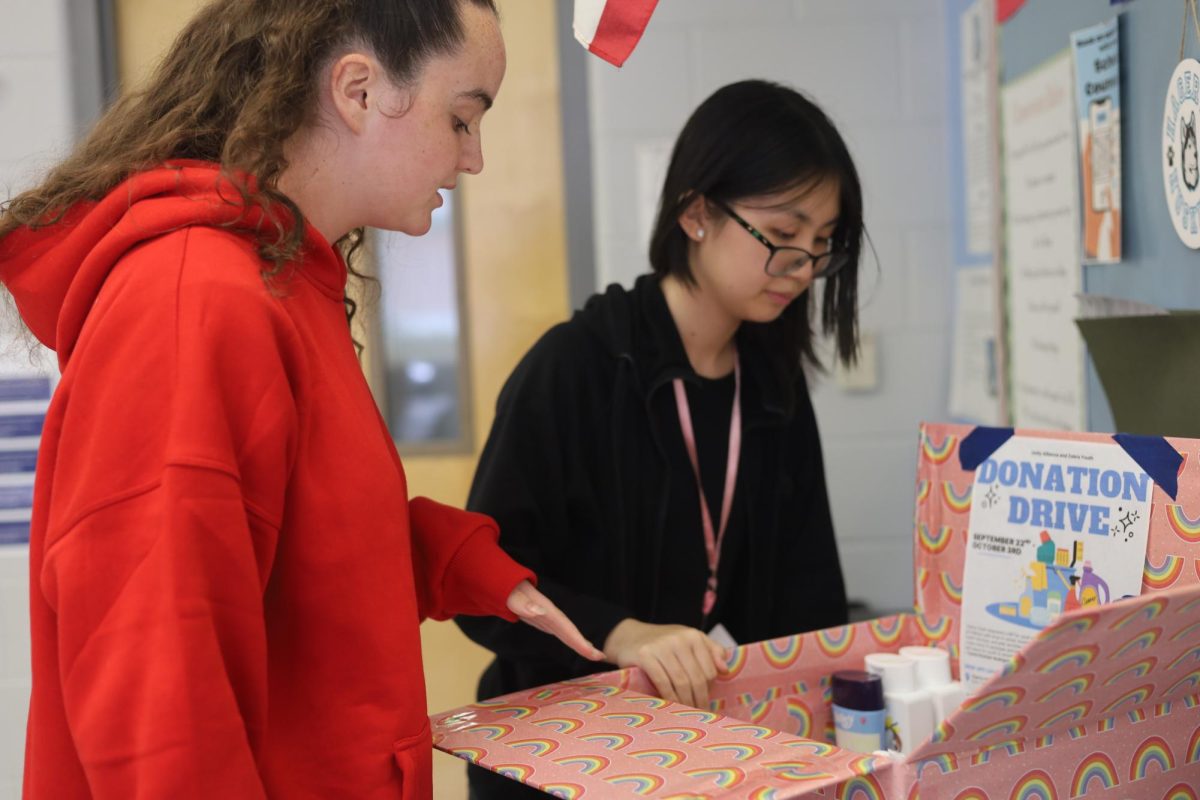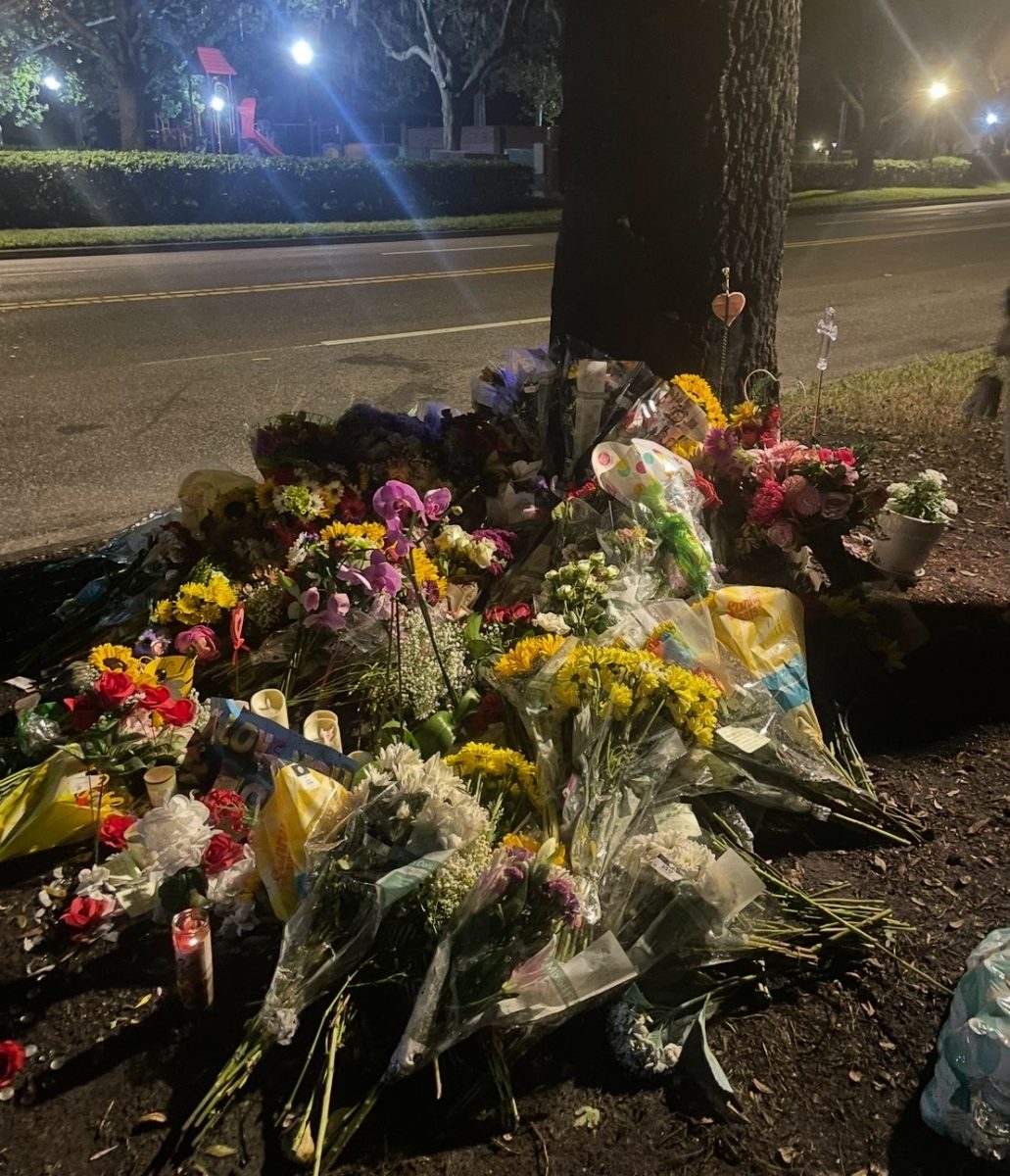In his 16 years as a bus driver, Charles McCain has seen a lot. From crying elementary school kids to obstinate high schoolers, his job requires adaptability. This year, students are not the only ones testing his patience: the school’s latest technology updates are.
On April 2, Hagerty began implementing a transportation pilot program, part of the county’s latest push for increased student security. Students are required to have bus IDs and scan them as they board on and off the bus, while bus drivers are expected to supervise the process on tablets.
Despite stemming from a desire for student safety, the system can get tedious in practice.
“It’s hit or miss for me,” McCain said. “I hope it’s worth it…but it [can get] annoying, especially when I’ve seen kids for years and [the system] doesn’t even recognize them.”
Whenever the program fails to recognize a student, a buzzer sounds and the bus driver is forced to manually load the student into the tablet software themselves. This seemingly small task can become disorganized quickly as students board the bus without waiting for the green light.
“Speed is crucial. When the kids come on, you’re holding up traffic on whatever road you’re on. [When] the kids get off the bus, they’re already out the door and gone, and the tablet is still trying to figure out who that person was,” McCain said.
Bus driver Patty Roy also noted similar problems with student identification, especially when the system lost student data over the break.
“I lost some of the kids in the system…I don’t know what happened, [but now] I have to manually input some of my kids,” Roy said. “It’s still new, so I think they just have to work out the kinks.”
Even before the pilot started, it ran into problems as ID distribution got messy just a few days before the program’s expected start date, with cards distributed to teachers at random instead of by period.
“It was a little stressful for us,” principal Robert Frasca said. “We had one teacher with 150 IDs and we had others that had none…[but] we did the best we could to get them out.”
Junior Alton Ashford did not receive his bus card until after the program started. Although he was able to get on the bus without much issue, he questions the efficiency of such a program.
“I feel like it’s too late in the year to be getting bus IDs,” Ashford said. “My bus driver already knows my face and everyone else’s face…it seems pointless.”
Freshman Makenzie Wilde agrees, and she worries about what would happen if she lost her ID.
“I’m not very organized, so a little ID will almost 100% get lost,” Wilde said. “We are high schoolers and have a lot going on [other than] worrying about a bus ID.”
Although many students raise similar concerns, Frasca believes the small bumps in the program will ultimately smooth themselves out and students will learn to adjust.
“I think it’s a good thing. It’ll give parents more information about where their kid is, and once it gets rolling, it will be minimal work for everybody,” Frasca said.
On McCain’s part, he also recognizes the potential benefits of the program, even as he has to deal with the day-to-day challenges.
“There are times I can hear [people] on the radio, saying ‘We’re looking for a student,’ and the drivers say, ‘Well, they got off at this stop,’ and then it’s, ‘Are you sure they got off at this stop?’ and it’s just a back and forth,” McCain said. “The program has the potential to be worth it, [but] there’s still work to do.”









